 Richard Artschwager, Piano/Piano, 1963-65/2011. National Gallery of Art, Washington, Gift of the Collectors Committee/Patricia Leslie
Richard Artschwager, Piano/Piano, 1963-65/2011. National Gallery of Art, Washington, Gift of the Collectors Committee/Patricia Leslie
Four of the five are still living, and one's a woman.
Even for die-hard anti-moderns (I know a few), these new pieces, made possible at the National Gallery by its Collectors Committee, are worth a look, especially when you know a little something about the creators, like Hans Haacke (b. 1936 in Cologne) a leading political artist, whose specialities involve kinetic art, who helped birth institutional critique, or Ed Ruscha (b. 1937, Omaha) whose Stains (1969) include gun powder, cherry pie, and daffodils among 75 ingredients spread on different paper sheets.
The Collectors Committee has also acquired for the Gallery Piano/Piano, 1963-65/2011, by Washington's own Richard Ernest Artschwager (1923-2013) whose furniture business background helped steer him to artistic success.
The newest Artschwager consists of two laminated wooden pianos which intermingle in passionate embrace, an example of "synthetic cubism," according to the National Gallery, and on view in the East Building inside the interior "sculpture garden" near the Small Auditorium. Atschwager completed the piece for an exhibition last year in Rome.
Other new works come from Rineke Dijkstra (b. 1959, Sittard, Netherlands), the first of her achievements for the National Gallery, and Allan McCollum (b. 1944, Los Angeles) whose Plaster Surrogates, 1982/1989 (not on display yet), has toured the world.
McCollum is a self-taught artist who created his early works in a California storefront and then a parking garage after he tried acting, restaurant management, truck driving, and building crates for a West Hollywood art company where he mingled with art dealers, collectors and artists. They influenced his artistic development and his direction into "quantity production." McCollum resonates with the history and development of local communities and their relationship to their particular geographies, as well.
Meanwhile, Haacke’s Condensation Wall, 1963-66/2013, stands in prominent position at the foot of the East Building’s main floor staircase. This example of minimal sculpture and kinetic art becomes "a micro-environment contingent with its surrounding." Water collects and drops inside the sculpture, depending upon the temperature of the building, with the entire natural process and nearby art works visible through Condensation's transparent walls.
 Hans Haacke, Condensation Wall, 1963-1966/2013. National Gallery of Art, Washington. Gift of the Collectors Committee/Patricia Leslie. Behind Condensation Wall is Richard Serra's Five Plates, Two Poles, 1971, and Robert Motherwell's Reconciliation Elegy, 1978, another gift from the Collectors Committee.
Hans Haacke, Condensation Wall, 1963-1966/2013. National Gallery of Art, Washington. Gift of the Collectors Committee/Patricia Leslie. Behind Condensation Wall is Richard Serra's Five Plates, Two Poles, 1971, and Robert Motherwell's Reconciliation Elegy, 1978, another gift from the Collectors Committee.
One of Haacke's most famous works and an early example of institutional critique, Shapolsky et al. Manhattan Real Estate Holdings, A Real Time Social System, as of May 1, 1971, was his attack upon a slum landlord in New York which caused the cancellation of his solo show at the Guggenheim and the firing of its curator. (Ten years later it went up at the Museum of Contemporary Art in New York.)
Powerful stuff, huh?
But back to D.C.'s Artschwager. His mother studied at the Corcoran School of Art and helped develop her son's artistic interests, now associated with minimalism, pop and conceptual art.
He graduated from Cornell, married, and worked as a furniture salesman, then later a furniture designer. Artschwager's future took a right turn after he received a commission from the Catholic Church in 1960 to "build portable altars for ships." This production led to his use of wood and Formica to make small wall pieces and to larger objects.
Dijkstra is a photographer whose video, I See a Woman Crying (Weeping Woman), 2009, is based on Picasso's The Weeping Woman, 1937, which is not seen or labled in this piece. Rather, Dijkstra's subject is Catholic school children who respond to Picasso's Woman on three screens. And it's on display in the West Building through Labor Day, September 2, 2013.
Ed Ruscha, another artist associated with the Pop movement, says he was inspired by Jasper Johns, Arthur Dove, Marcel Duchamps, and John Everett Millais's Ophelia which, coincidentally, hangs in the Gallery's West Building through May 19, part of the enthralling Pre-Raphaelites exhibition. (Don't miss it!)
 The people wait for entry outside the West Building. The enlarged reproduction is John Everett Millais's Marianna, 1850-1851, one of the artists who inspired Ed Ruscha. Many Millais paintings may be found in the West Building, part of the Pre-Raphaelites exhibition/Patricia Leslie
The people wait for entry outside the West Building. The enlarged reproduction is John Everett Millais's Marianna, 1850-1851, one of the artists who inspired Ed Ruscha. Many Millais paintings may be found in the West Building, part of the Pre-Raphaelites exhibition/Patricia Leslie
Influenced by Hollywood films, Ruscha's art direction stems also from his training in commercial art, words and typography. His Words in Their Best Order, 2002, is a "site-specific" work of three panels, each 13 x 23 feet, found at the Gannett Building in Tysons Corner.
 It's not easy to make out Ed Ruscha's Words in Their Best Order, 2002, at the Gannett Building at Tysons Corner, Virginia, but look closely (very closely) and the words may appear through the windows/Patricia Leslie
It's not easy to make out Ed Ruscha's Words in Their Best Order, 2002, at the Gannett Building at Tysons Corner, Virginia, but look closely (very closely) and the words may appear through the windows/Patricia Leslie
Ruscha has experimented with the use of gunpowder, vinyl, blood, red wine, fruit and vegetable juice, axle grease, chocolate syrup, tomato paste, bologna, cherry pie, coffee, caviar, daffodils, tulips, raw eggs and grass stains.
Would you not leap at an opportunity to meet these artists? I think I fell in love with Haacke, and I don't even know what he looks like, but what do looks matter when his art revolution can shut down an exhibition? He is the people's power Putin of the art world today. I wonder if he rides horses topless.
Wikipedia quotes Ruscha: "Art has to be something that makes you scratch your head." After viewing these stimulations, you may not have any head hair left, but art is not a passive fancy, and aims to stimulate or please somebody, maybe, whether it's you or the artist. (Call me, maybe.)
What: Modern Art
When: 10 a.m. - 5 p.m., Monday - Saturday and 11 a.m. - 6 p.m., Sunday
Where: The East (Haacke, Ruscha) and West (Dijkstra), National Gallery of Art, between Third and Ninth streets, N.W., Washington, D.C.
How much: Admission is always free at the National Gallery of Art
Metro stations: Archives-Navy Memorial, Judiciary Square, the Smithsonian, or L'Enfant Plaza
For more information: 202-737-4215
 Rolling Thunder bikers roar down Constitution Avenue and other Washington streets on May 26, 2013. It was the 26th year members have come to honor fallen American troops/Patricia Leslie
Rolling Thunder bikers roar down Constitution Avenue and other Washington streets on May 26, 2013. It was the 26th year members have come to honor fallen American troops/Patricia Leslie Rolling Thunder, May 26, 2013, Constitution Avenue, N.W. Washington, D.C. Can you hear them roar?/Patricia Leslie
Rolling Thunder, May 26, 2013, Constitution Avenue, N.W. Washington, D.C. Can you hear them roar?/Patricia Leslie More single women were seen this year on bikes than in years past in the Rolling Thunder parade to honor fallen American troops/Patricia Leslie
More single women were seen this year on bikes than in years past in the Rolling Thunder parade to honor fallen American troops/Patricia Leslie Onlookers at the Rolling Thunder rally May 26, 2013, Constitution Avenue, N.W., Washington, D.C./Patricia Leslie
Onlookers at the Rolling Thunder rally May 26, 2013, Constitution Avenue, N.W., Washington, D.C./Patricia Leslie When the parade slowed, the girl in white stepped out in the street to high-five with bikers/Patricia Leslie
When the parade slowed, the girl in white stepped out in the street to high-five with bikers/Patricia Leslie





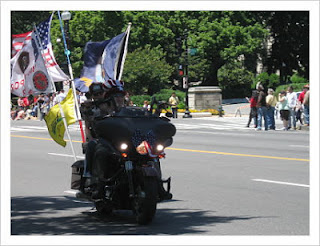


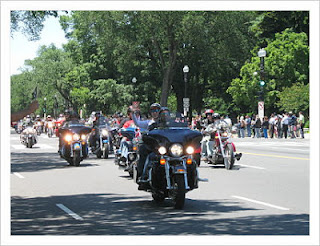



.jpg)



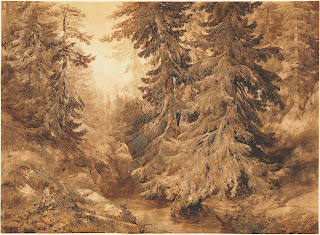



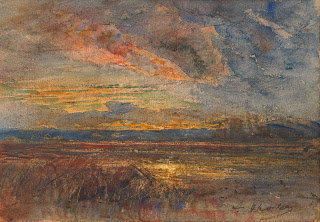





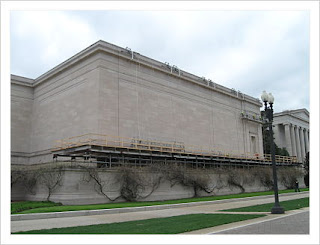



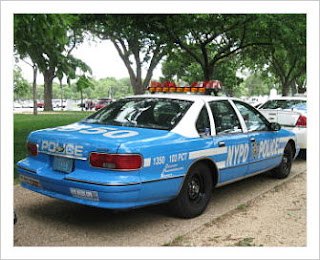
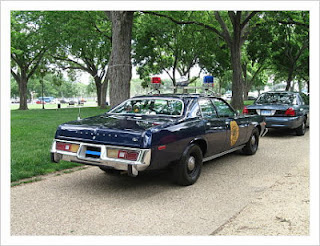


 O
O


_-_Google_Art_Project.jpg)











